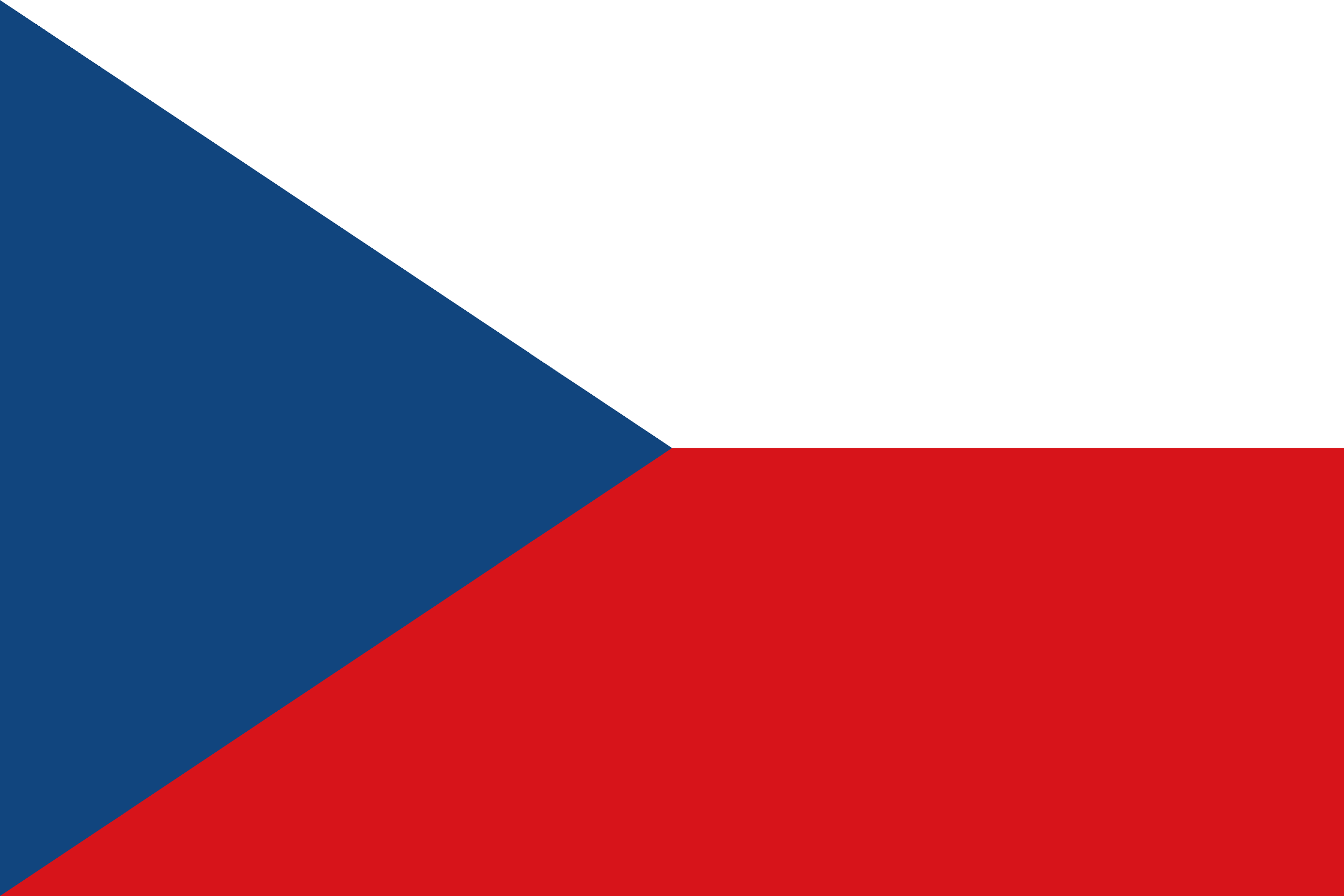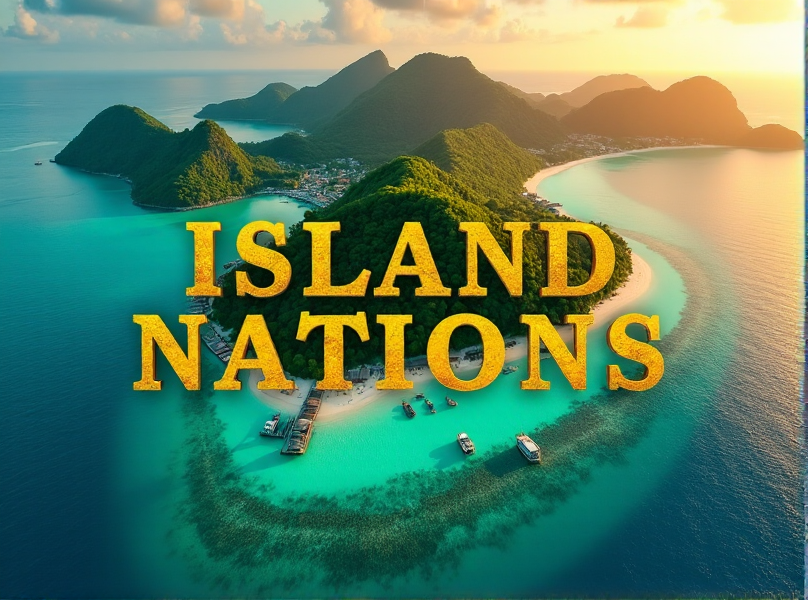The Czech Republic, also known as Czechia, is a landlocked country situated in Central Europe, bordered by Germany to the west, Poland to the north, Slovakia to the east, and Austria to the south. With a rich tapestry of history, culture, and natural beauty, it has emerged as a prominent destination for travelers seeking both adventure and insight into European heritage. The capital city, Prague, renowned for its stunning architecture and vibrant cultural scene, serves as a gateway to the country’s diverse regions, each offering unique experiences.
The Czech Republic boasts a population of approximately 10.8 million people, characterized by a blend of ethnicities primarily composed of Czechs, Moravians, and Slovaks. This demographic diversity enriches the cultural landscape of the nation, reflected in its traditions, languages, and culinary delights. The country’s geographical features range from the rolling hills of Bohemia to the fertile plains of Moravia, providing an array of landscapes that appeal to nature lovers and outdoor enthusiasts alike.
Explore Czech Republic
- Currency Guide – Czech Republic
- Czech Republic [Country Info]
- Popular Cities To Visit In Czech Republic
History of the Czech Republic
The history of the Czech Republic is marked by significant events that have shaped its identity over centuries. The region has been inhabited since prehistoric times and has seen various cultural influences due to its central location in Europe. The establishment of the Great Moravian Empire in the 9th century laid the groundwork for later developments in Czech statehood. In 1212, King Otakar I was granted a royal title by the Holy Roman Emperor, further solidifying the Czech lands’ importance within Europe.
The Czech lands were part of the Austro-Hungarian Empire until its dissolution after World War I in 1918, leading to the formation of Czechoslovakia. This new republic thrived during the interwar period but faced tumultuous changes during World War II when it was occupied by Nazi Germany. Post-war, Czechoslovakia fell under Soviet influence until the Velvet Revolution in 1989 led to a peaceful transition to democracy. In 1993, Czechoslovakia peacefully split into two independent nations: the Czech Republic and Slovakia.
See Top Historical Places To Visit In Czech Republic
See Popular Museums In Czech Republic
Landscapes
The Czech Republic is renowned for its breathtaking landscapes that vary from urban settings to serene countryside. The Bohemian Forest, known as Šumava, is a vast mountainous area characterized by dense forests, picturesque lakes, and wildlife. This region offers numerous hiking trails and opportunities for outdoor activities like skiing in winter months.
In contrast, Moravia is celebrated for its vineyards and rolling hills. The Moravian Karst, with its stunning limestone formations and caves, is a UNESCO Biosphere Reserve that attracts nature enthusiasts and spelunkers alike. Additionally, the country features numerous rivers such as the Vltava and Elbe that flow through charming towns and cities, enhancing its natural beauty.
Geographical Regions
The Czech Republic consists of several distinct geographical regions:
- Bohemia: The western part of the country known for its historical significance and natural beauty.
- Moravia: Located in the east; famous for wine production and rich folklore.
- Silesia: In the northeast; characterized by mountainous terrain and industrial history.
- Central Bohemia: Surrounds Prague and features both urban areas and rural landscapes.
Each region contributes uniquely to the overall cultural fabric of the country.
See Geographical Regions Of Czech Republic
Tourism
Tourism plays a vital role in the Czech Republic’s economy, contributing significantly to its GDP. The country attracts millions of visitors annually who come to explore its historical sites, stunning architecture, and natural wonders. Notable destinations include:
- Prague: Known as “The City of a Hundred Spires,” it is famous for landmarks such as Prague Castle, Charles Bridge, and Old Town Square.
- Český Krumlov: A UNESCO World Heritage site with a fairy-tale ambiance featuring a well-preserved medieval town.
- Karlovy Vary: Renowned for its thermal springs and spa culture.
The tourism industry is expected to rebound strongly post-pandemic, with projections indicating an increase in visitor numbers over the next few years.
See Top Things To Do In Czech Republic
See Essential Travel Tips For Czech Republic
Cuisines
Czech cuisine reflects its agricultural heritage and regional diversity. Traditional dishes often feature hearty ingredients such as meats, potatoes, bread dumplings (knedlíky), and seasonal vegetables. One iconic dish is Svíčková, which consists of marinated beef served with creamy vegetable sauce and topped with whipped cream.
Another beloved aspect of Czech cuisine is its beer culture; the country is famous for producing some of the finest beers globally. Pilsner lager originated here in Plzeň (Pilsen), making beer an integral part of social life in Czechia. Local breweries offer tours where visitors can learn about brewing processes while sampling various styles.
See Popular Foods To Try In Czech Republic
Population and Demographics
As of 2024, the population of the Czech Republic stands at approximately 10.86 million, with a growth rate that has stabilized over recent years. The population density is about 368 people per square kilometer. The majority ethnic group is Czech (approximately 64%), followed by Moravians (5%) and smaller communities including Slovaks and Poles.
Demographically, Czechia faces challenges associated with an aging population; about 20% are aged 65 or older. This demographic shift poses potential economic implications as it may lead to labor shortages in various sectors while increasing demand for healthcare services.
Language
The official language of the Czech Republic is Czech, a West Slavic language closely related to Slovak and Polish. It uses Latin script with additional diacritics that modify pronunciation. While most Czechs speak their native language fluently, English has become increasingly popular among younger generations and in urban areas.
In addition to Czech, there are minority languages spoken within specific communities such as Slovak among Slovak nationals residing in Czechia. Knowledge of English can be particularly beneficial for tourists navigating cities like Prague where many signs are bilingual.
See Language Guide For Travelers To Czech Republic
Travel Safety
Traveling in the Czech Republic is generally safe for tourists; however, standard precautions should be observed. Petty crime such as pickpocketing can occur in crowded areas or tourist hotspots like Prague’s Old Town Square. Travelers are advised to keep their belongings secure and remain vigilant while exploring.
Road safety regulations are strictly enforced; driving under influence laws are stringent with zero tolerance for alcohol consumption while driving. Public transportation systems are efficient but require awareness regarding tram priority rules when crossing streets.
Emergency Numbers
- Police: 158
- Fire Department: 150
- Ambulance: 155
- European Emergency Number: 112
See Safety Guide For Visitors To Czech Republic
Currency Used
The official currency of the Czech Republic is the Czech koruna, abbreviated as Kč (CZK). Despite being part of the European Union since 2004, it has not adopted the euro as its currency; thus transactions primarily occur using koruna.
Banknotes come in denominations of 100 Kč up to 5000 Kč while coins include values from 1 Kč up to 50 Kč. Although some establishments may accept euros or US dollars for convenience, it is advisable to use koruna for transactions to avoid unfavorable exchange rates.
Travelers can easily access koruna through ATMs found throughout cities or exchange offices located at airports or banks; however caution should be exercised regarding commission fees at exchange offices targeting tourists.
See Currency Guide – Czech Republic
See World Currencies
Top 20 Cities
- Prague
- Brno
- Ostrava
- Plzeň
- Liberec
- Olomouc
- Ústí nad Labem
- Hradec Králové
- Pardubice
- Zlin
- Jihlava
- Karlovy Vary
- Mladá Boleslav
- Teplice
- Děčín
- Chomutov
- Frýdek-Místek
- Třebíč
- Opava
- Příbram
See Popular Cities To Visit In Czech Republic for more details
Interesting Facts
- The Czech Republic has over 2,000 castles, making it one of the countries with the highest density of castles per square kilometer.
- It is home to one of Europe’s oldest universities — Charles University in Prague founded in 1348.
- The country produces more than 1 million hectoliters of beer annually.
- Czechs consume more beer per capita than any other nation worldwide.
- The famous puppetry tradition dates back centuries; marionette theaters are popular cultural attractions.
- The national dish is often considered to be roast pork with sauerkraut (vepřo knedlo zelo).
- The world’s largest ancient castle complex is located in Prague — Prague Castle.
- The country has a rich literary tradition with notable authors like Franz Kafka hailing from Prague.
- Czechs have invented several popular games including “Skat” which originated here.
- The unique architectural style known as “Cubism” was developed in Prague during early 20th century.
Also Read Common Misconceptions About Czech Republic and Czech People
Customs, Norms and Etiquettes
Greetings
In Czech culture, greetings are important; a firm handshake with direct eye contact signifies respect when meeting someone new or greeting acquaintances again after some time apart.
Dining Etiquette
When dining out or invited into someone’s home:
- Wait for your host to begin eating before you start your meal.
- It’s customary to say “Dobrou chuť” (Enjoy your meal) before eating.
- Tipping around 10% at restaurants is appreciated but not mandatory if service charges are included.
Public Behavior
Czechs value personal space; maintaining an appropriate distance during conversations shows respect for privacy boundaries.
Dress Code
While casual attire is acceptable in many settings including restaurants or shops during daytime hours; dressing neatly or smartly is expected when attending formal events or dining out at upscale venues.
Festivals & Celebrations
Participating in local festivals such as Easter markets or Christmas fairs provides insight into traditional customs including crafts demonstrations or local food tastings which enhance understanding about cultural heritage within different regions across Czechia.
Punctuality
Being on time is highly regarded; arriving late without prior notice may be perceived negatively especially during business meetings or formal gatherings.
Language Use
While many Czechs speak English especially among younger generations; making an effort to learn basic phrases such as “Dobrý den” (Good day) can foster goodwill among locals enhancing overall travel experience throughout your stay.
External Resources
- World Factbook – Czech Republic:
https://www.cia.gov/the-world-factbook/countries/czech-republic/ - Wiki Travel – Czech Republic:
https://wikitravel.org/en/Czech_Republic - State Travel Advisory – Czech Republic:
https://travel.state.gov/content/travel/en/traveladvisories/traveladvisories/czech-republic-travel-advisory.html
These external links are provided for convenience and informational purposes only; they do not constitute an endorsement or approval of any products, services, or opinions of the organizations or individuals associated with the external sites. GlobLeo bears no responsibility for the accuracy, legality, or content of these external sites or for any subsequent links. For inquiries regarding the content of external sites, please contact them directly.


![Poland [Country Info]](https://globleo.com/wp-content/uploads/2024/11/flag_of_the_country_Poland_PL.png)
![Qatar [Country Info]](https://globleo.com/wp-content/uploads/2024/11/flag_of_the_country_Qatar_QA.png)